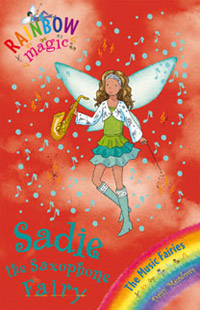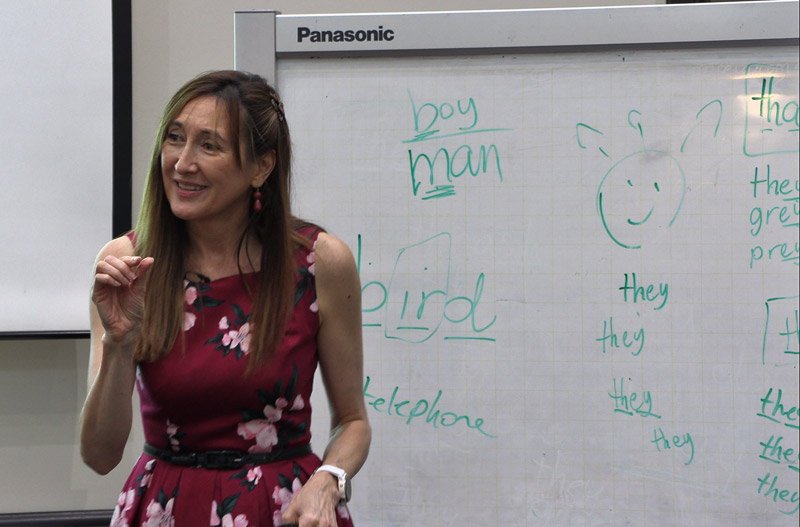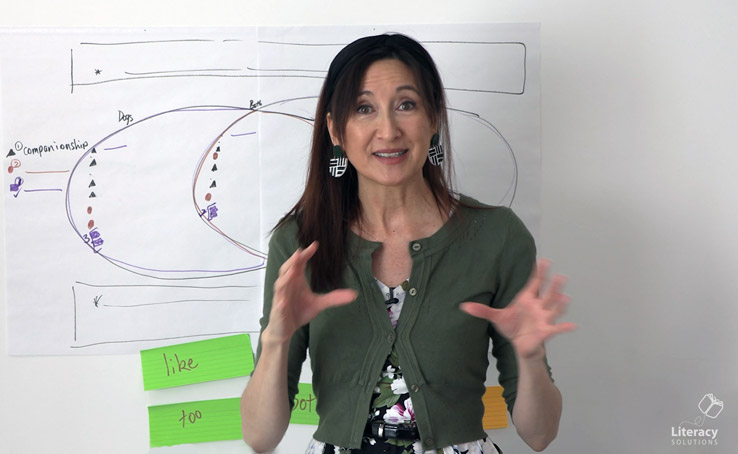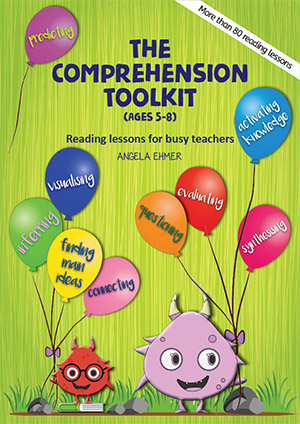Why ‘poor’ literary texts can be a good read for children

The more you read, the better you get. There is no surprise about this. It makes sense and there is universal agreement from literacy researchers and teachers.
With this in mind, let’s think about human nature. Most of us enjoy doing the things we are good at, and avoid those things too challenging or that have little value or reward. It makes sense that good readers are more likely to want to read, as they experience greater success, are able to read more interesting material and ultimately the reward from reading outweighs the effort involved.
This is great for our better readers. What does this mean for budding or struggling readers? These readers may not have access to the volume of interesting texts at their reading level and the act of reading is considerably harder. For these readers, the effort involved in reading often outweighs the reward.
What is the best way to build reading success? The simple answer is to practice. The way to improve reading is to increase the volume of text read or practiced. But what do we practice on? Again the answer is simple. The most effective practice occurs on texts that readers experience a high level of success. Easy texts, familiar texts, predictable texts are ideal for reading at home or classroom practice reading.
There is some debate about the quality of reading material available and what readers gain from texts considered to be “poor” from a literary perspective. One example of these poor literary choices is the popular series book, such as Breakers, Aussie Bites/Nibbles/Chomps, Fairy Magic, Boyz Rule, Girlz Rock, Go Girl, Magic Puppy, Zac Power, Goosebumps.
For the purpose of practising, what is the upside of the series book for budding or struggling readers?
- less sophisticated themes
- generally fewer characters
- fewer changes to setting or narrator
- predictable themes
- some scaffold readers from texts using natural language structures to those featuring more examples of figurative language and poetic device
- each text becomes increasingly easier and quicker to read as readers become more familiar with the authors’ style and generic structure
- many readers’ like them and opt to read them.
In short, these texts provide opportunities for budding or struggling readers to read lots of words in authentic reading contexts, rehearse decoding strategies without stopping too frequently, improve fluency and reading speed. An added bonus is the improvement in comprehension as the brain is not overworked solving words.
These books provide a treadmill to gain confidence, speed and accuracy. They allow readers to rehearse the strategies they have been taught and increase the volume of text read. Most often readers will not want to stay on these books forever. They will outgrow them and be ready to take on the challenges of more difficult texts.





I’m glad I took the time to read this because it reinforced and refreshed my Reading Recovery training. Thanks Angela.
Thank you for standing up for all the struggling readers! I have been a classroom teacher for 34 year and have had the last 2 years as a T/L. The most success I’ve had with struggling readers is the “fun” books- wierd and wonderful non fiction, graphic texts etc. To see these kids willingly pick up a book and read and enjoy it is what reading is all about!! 3 cheers for developing self esteem and enjoyment first!!!